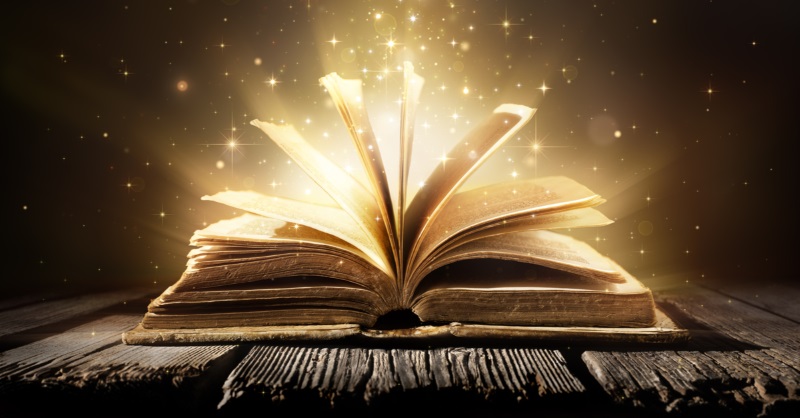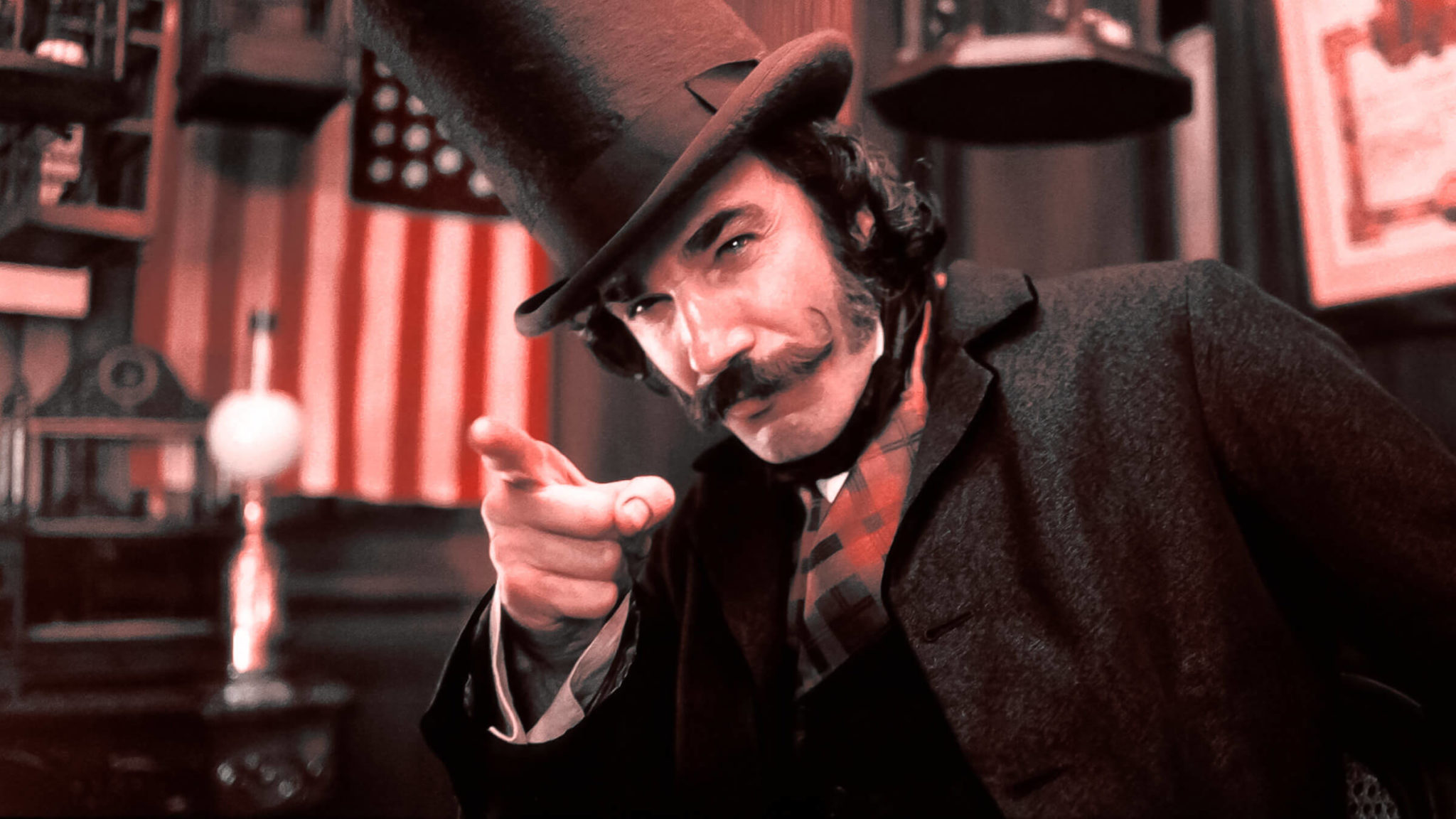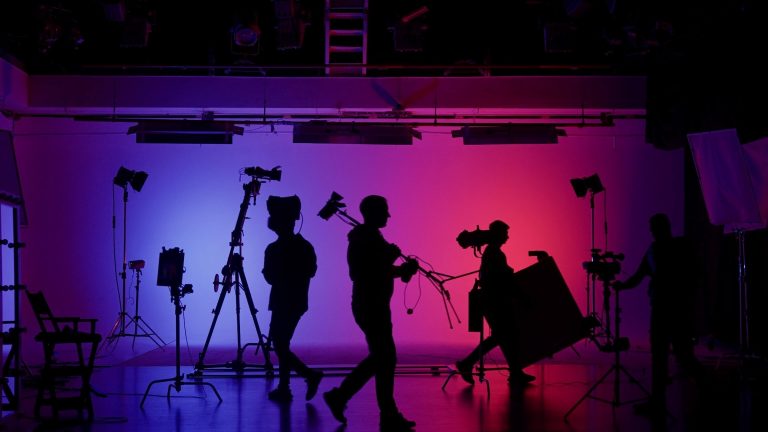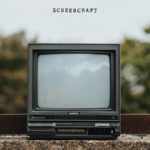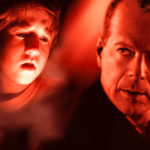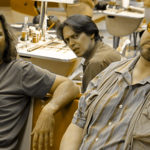Learning From the First Great Screenwriting Book Ever Written: Part 1

What can screenwriters learn from one of the first screenwriting books ever written? Welcome to Part 1 of this ongoing series.
Believe it or not, the first screenwriting book was written more than a decade before the Hollywood sign was erected in 1923. During the early days of what would eventually become a major entertainment industry worldwide, "screenwriting" wasn't even part of the general terminology in filmmaking.
Back in the early days of film — circa the 1890s — scenario writers (not screenwriters) would write scenarios (not screenplays) for short films that debuted in theaters, which were few and far between. Movies were only a couple of minutes long, and scenarios provided brief explanations — written by writers and filmmakers — primarily utilized for marketing and as explanations for audiences that weren’t used to experiencing entertainment in this then-revolutionary technology.
As films became more narratively complex, they went from just one scenario to many. The term scenario evolved into photoplay, which more resembles what we know today as screenplays. One of the first examples of the modern screenplay was from George Melies’ iconic 1902 film, A Trip to the Moon. The photoplay had thirty-some lines of basic descriptions that provided action and locations.
As these cinematic narratives grew, so did the film industry. The first movie theater opened in the year 1905. Five years later, there were ten thousand movie theaters in the United States alone. And as with any budding industry, the more popular cinema became, the more people wanted to be involved.
Technically-speaking, the book we feature here is not the very first screenwriting book — but it's the best of that first bunch. There was a book written in 1910, then in 1911, and by 1913 a few more were published. As the cinema grew, so did the secondary industry of screenwriting education.
To discover talent, studios began to hold the very first screenwriting contests for cash prizes.
Read The Script Lab's The History of Hollywood Screenwriting Competitions!
Which brings us to Anita Loos's How to Write Photoplays, written in 1920. Anita was one of the top screenwriters of her time. She wrote over 137 films and produced 8 of them with her husband John Emerson (he is also credited as an author of this book).
Through a series of multiple posts, we will go through this book cover-to-cover and explore the lessons that can be learned, which amazingly apply to art, craft, and business of screenwriting today.
1. "Don't give way to a desire to slay the editor when it comes back rejected..."
The book was referring to their advice on how not to handle rejection. Back in those days, a scenario writer (also referred to as a photoplaywright in the book) would submit their scenario to the scenario editor. These days, screenwriters submit their query email pitch or screenplays (when given permission) to development executives, producers, managers, and agents.
Rejection is part of the game, as the book says. This hasn't changed in almost one hundred years within this industry — and it is notably worse now as the field is quite over-crowded, compared to the book's assurance that back then, it wasn't over-crowded. Oh, how times have changed.
When your script hasn't made the quarterfinals, semifinals, or finals of a major competition or fellowship, do your best to avoid letting that negative goblin whisper into your ear. When you've submitted your work to industry insiders, either in the form of an email query or through a requested submission, don't react negatively when your work has been rejected.
Sometimes the script isn't ready. Sometimes your writing isn't ready. Sometimes the script isn't what they are looking for. Sometimes they have similar scripts on the backburner or know of other similar scripts already in production.
You have no control over the hows and whys of rejection. The critical thing is to continue to get your work out there and hone your craft. If you give way to a desire to (metaphorically) slay that industry insider, you're essentially giving way to the dark side that will lead you further and further away from the light.
Read ScreenCraft's The Screenwriter’s Ultimate Guide to Handling Rejection!
2. "Don't swear off scenario writing forever with loud cries that the treacherous dog stole your idea when you see a similar story at the local theater."
This is an age-old form of protest for the budding screenwriter. You can tell when a screenwriter is new to the trade when they decry that Hollywood has stolen their idea and they are then reluctant to submit any queries because of that.
The book goes on to say that you and the writers of that similar story likely got the same idea unconsciously from the same source. In the 21st century, we as a society share so much information through news headlines, television shows, investigative reporting, movies, etc. It's inevitable that multiple writers and producers are going to come up with the same general concept more often than not.
Hollywood would rather pay you that newbie money to take your idea legally, as opposed to dealing with lawsuits for millions once the script is produced and released.
If you're going to take the paranoid stance that so many "green" screenwriters take, your work will never be read.
3. "There are no handy plot machines in the scenario writing business. Nor do handy idea charts bring any advantage."
The book was specifically referencing the real-life plot machine that had recently been invented where a user would rotate disks with nouns, verbs, adjectives, and other types of words, forming some kind of combination that denoted a possible plot for a scenario.
Today's equivalents are aplenty. We have beat sheets, formulas, and guru doctrine that try to sell screenwriters on the notion of some secret path to screenwriting success.
While some of these "devices" offer interesting food for thought, screenwriters need to understand that there are no such secrets. Most of today's "secret formulas" are nothing more than hindsight proving to be 20/20 or a handful of examples disproven by hundreds of others.
Just write a compelling and engaging story.
4. "Trade magazines should be read. Only through trade papers can you follow the ever-changing market for scenarios and keep in touch with the work of your contemporaries."
Oh, how the times have not changed in this case.
You need to be sure to read the trades to keep up with the goings-on of the industry. That includes The Hollywood Reporter, Variety, and especially the more accessible Deadline. Beyond that, the book also suggests reading "fan" magazines to learn what audiences are interested in. Entertainment Weekly and Empire are just a couple of the great fan magazines that you can learn from. You'll have an early understanding of what's out there, what's on the horizon, and what audiences are excited about.
The trades will offer you essential information on the industry, what companies are making, what writers are being signed, what scripts are being optioned and sold, etc.
5. "Your local motion picture theater is your greatest tool."
Let's be honest. Screenwriting books are great food for the brain and screenwriting articles are often good reads for quick and easy tips and advice. However, when you get down to it, the best education you can receive can be found at your local movie theater and through your streaming devices and personal movie libraries.
It's very easy to get caught up in the secondary business of screenwriting education. The big names attract your money. You find yourself needing to find answers that can never be fully answered because movies are magic. They really are. Capturing lightning in a bottle is not something you can teach. You have to let your imagination do the thinking and to make that happen you have to feed your imagination as much as possible. And there's no sweeter treat or filling meal than watching movies.
Pay attention to the story beats. Pay attention to the plants and payoffs. Pay attention to how the movies begin, how they end, and how they continue to engage you in between.
All of the answers are right there within the movies that have already been made. Then your imagination can piece together the rest as you apply those lessons learned to your own unique and original story.
6. "Keep yourself informed of what has already been done so that you will know an original idea when it comes to you."
The book was specifically referring to reading the great works of fiction. Not only to understand what types of stories have been written before but also to be inspired by new themes and types of plots.
We take this further as we suggest that you familiarize yourself with the great movies from all decades, as well as the great television series that have graced the small screens.
Believe it or not, there are many screenwriters out there that don't watch many movies. And so many that aren't even aware of the great ones that came from generations before them. As mentioned above, movies are a tool. They are the best screenwriting education you could possibly receive. They inform you. They inspire you. If you find yourself not knowing movies that are often referenced as some of the greatest of our or any time, perhaps you need to set aside some hours throughout the week to take on a cinematic history course, of sorts.
7. "Keep a diary or at least some form of notebook. Clever ideas do not remain long in the memory."
We've all been there. We've been on the move, staring out of a car window when an exciting idea or image has captured our imagination. Or maybe we've had a compelling dream with a unique character or situation.
And we forget to write it down. We think we'll remember, but life gets in the way and the inspired moment fades away.
No idea, big or small, should be ignored. You may not need it now, but it could serve you well years down the road. It may be a scene, a character, an action sequence, a moment, or a single visual. Whatever it is, write it down.
These days we have devices in our pockets that have easy-to-use applications and notebooks. Have them ready at all times. Leave no moment of inspiration behind.
This is just Part 1 of an ongoing series of posts pulling inspiration and screenwriting wisdom from an almost one-hundred-year-old screenwriting book. Check out Part 2 and stay tuned for more!
Ken Miyamoto has worked in the film industry for nearly two decades, most notably as a studio liaison for Sony Studios and then as a script reader and story analyst for Sony Pictures.
He has many studio meetings under his belt as a produced screenwriter, meeting with the likes of Sony, Dreamworks, Universal, Disney, Warner Brothers, as well as many production and management companies. He has had a previous development deal with Lionsgate, as well as multiple writing assignments, including the produced miniseries Blackout, starring Anne Heche, Sean Patrick Flanery, Billy Zane, James Brolin, Haylie Duff, Brian Bloom, Eric La Salle, and Bruce Boxleitner. Follow Ken on Twitter @KenMovies
For all the latest ScreenCraft news and updates, follow us on Twitter, Facebook, and Instagram.
Tags
Get Our Screenwriting Newsletter!
Get weekly writing inspiration delivered to your inbox - including industry news, popular articles, and more!


